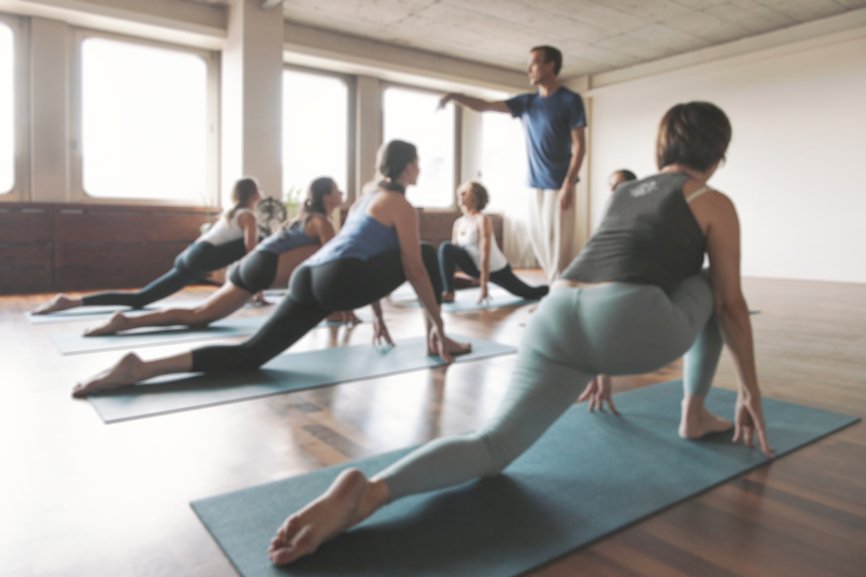5 Ways to Teach a Better Yoga Class
I just got home from taking what I would consider a terrible yoga class. It was bad on so many different levels. I KNOW, I know, we aren't supposed to be judgmental....but it got me thinking about what I would have told my teacher today, had she asked for input. This doesn't come from a place of ego...there's no "my teaching style is better than yours"....promise! This ultimately comes from a place of concern for the safety of the students in the yoga class that I took today.
SO, here is some unsolicited advice for my yoga teacher today (which may or may not include a mini-rant about the importance of savasana)...and hopefully it can help you teach your class with a little more awareness and sensitivity to those taking your class.
-
Open your eyes. Not figuratively, LITERALLY. Literally open your eyes and look at the class. Are they able to do the simple warm-ups? Do they seem extra stiff? Are they young and fit? Super bendy? Or older and less flexible? My teacher today had her eyes closed...a LOT...and when they were open, she was fully engaged in her own practice at the front of the mat. How do your students look when they are in the poses? Are they getting close to blowing out a knee? Can you give them a verbal adjustment to help avoid a knee-blow-out-situation? You have to open your eyes to see.
-
Teach people not poses. It's almost a cliché among teachers, isn't it!! It starts with that "open your eyes" step in #1. Look at your students!! And THEN determine what you are going to teach...that might mean that your super-challenging class needs to be thrown out the window. Teaching Ardha Chandra Chapasana (sugar-cane pose) to a group of mostly 55+ women who can't hold Ardha Chandrasana (half moon), AND who can BARELY do a lunge with ease is NOT a great idea. This is what my instructor did today. Yes, I was impressed that she could go smoothly from one balance pose to the next..but her students were frustrated, and more seriously, had an increased risk of injury because they were ATTEMPTING those poses with little to no instruction, and absolutely no modifications.
-
Be logical in your sequencing. Work up to your challenging poses. Working toward Bakasana (crane)? Make sure you do plenty of core so that it helps your students learn how to use their abs in a way that will increase their chance of success in this pose. If you don't have a peak-pose, think about the progression of poses...You learned this stuff in teacher training, I hope. My teacher today had the following poses SPRINKLED in her class: ustrasana (camel), matsyasana (fish), baddha parsvakonasana (bound side-angle), virabhadrasana 3 (warrior 3), supta virasana (reclining hero), ardha chandra chapasana (sugar cane pose) and bakasana (crane). There was no logic to her sequencing...ESPECIALLY considering her class' abilities. There should be no sprinkling of challenging poses in a yoga class.
-
Watch what you say. Please can we stop the yoga-speak? Don't just say something because it sounds "yogic". Take the phrase "let it go". When you say "let it go" what do you mean? What do you want us to let go? I think it would be more beneficial to cue our breath or alignment than to tell us to "let go" in Virabhadrasana 2 (warrior 2). That happened in a class this week. Soften through the shoulders? Sure! Unclench our jaws? Absolutely! Not just a generic "let it go" please. Today we were told to "inhale love...and let it go". I'm not so sure that I wanted to let go of love today. But...maybe it motivated me to do this post...I'm feeling extra snarky.
-
Let your class savasana. Come ON teachers...you KNOW this is important, don't you?! Then shut the hell up while I'm trying to savasana, and give me more than 2 minutes. Seriously! Guide me to relaxation, and then let it be quiet...or, as quiet as it can be...I can relax to the sound of weightlifters slamming their giant weights to the floor upstairs MUCH more than I can with you reading some passage from a book you like.


